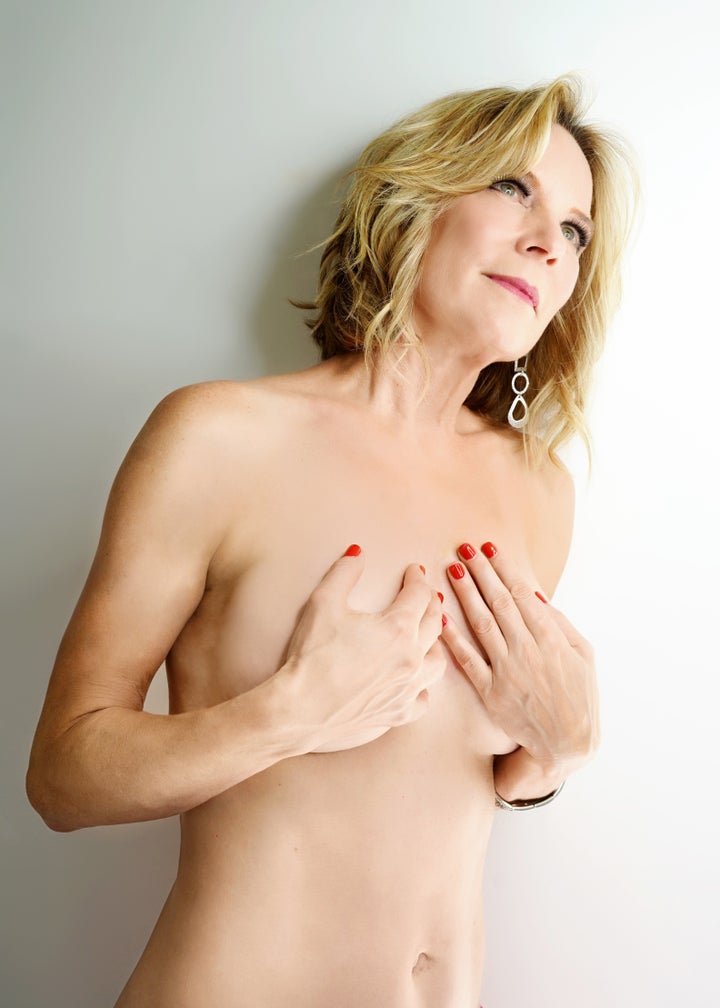A recent New York Times article, “’Going Flat’ After Breast Cancer,” highlighted a growing number of women who, after beating the disease, are deciding to opt out of breast reconstructive surgery and remain breast-less after undergoing mastectomies. The nascent movement dubbed going flat “challenges long-held assumptions about femininity and what it means to recover after breast cancer,” according to the Times.
The fact is that the number of reconstruction procedures increased almost 5 percent last year to more than 106,300, and since 2000, the numbers are up a remarkable 35 percent, according to a recent report by the American Society of Plastic Surgeons. Moreover, the Times piece grossly undersells the benefits of reconstruction and fails to address the incredible advances in surgery and abundance of options that are available to women today.

“In the face of my atypical breast cancer diagnosis, I never thought that I would feel like myself again," said Anne Kwasney, age 55. "Proceeding with breast reconstruction made me feel whole and beautiful.”
First it’s important to take a step back and understand that each woman is unique. To cast a sweeping opinion over how women should treat their bodies after overcoming breast cancer is terribly amiss. The Times reported that some doctors unilaterally tell patients what to do instead of providing them with options. As a surgeon in this field, I can tell you that educating patients about all of the alternatives is one of the most important steps in tackling post-mastectomy decisions.
One huge advancement is the use of “fat grafting,” a technique where women use their own natural tissue to help reconstruct their breasts in an organic, safe way. This technique uses a gentle form of liposuction to remove the fat, and it is then reinjected after being cleaned and purified. This fat can be used to add a soft layer of tissue over an implant to make it look and feel soft and natural. It can also be used to help fill in indentations and irregularities. Fat injection helps to reverse the fibrosis created by radiation damage, and some women can rebuild entire breasts from fat grafting alone.
The technology around fat grafting is growing incredibly fast and doctors now employ a cutting-edge new filtration system called Puregraft that yields significantly more purified and concentrated viable adipocytes (fat cells), while removing up to 97% of contaminants. With this you get a greater degree of predictability in the way fat can contour and perfect the aesthetic results, which is particularly important for women after mastectomies and lumpectomies. According to the Journal of Plastic, Reconstructive & Aesthetic Surgery (JPRAS), the total complication rate of fat grafting is 8.4%, lower than other reconstructive breast procedures, with a satisfaction rate of 93.4% for patients and 90.1% for surgeons.

“I was determined to not let cancer define me and was committed to retaining my physical and emotional well being,” said Mary Wood, age 50. “Moving forward with breast reconstruction was key in helping me to maintain my inner strength and reclaim my body confidence.”
Other advances in breast reconstruction include “nipple sparing,” wherein the skin of the nipple is saved. About 75% of my patients are candidates for the technique. Even though sensation is lost, the aesthetic of the nipple can make the results of reconstruction match the results we get with cosmetic surgery. There are also newer implants available on the market, including the form-stable cohesive silicone gel implants with a more natural tear-drop shape. Finally, there are a slew of new innovations on the horizon, such as a remote controlled tissue expander which eliminates the need for needle injections, putting some control in the patient’s hands, and may make the stepwise process of reconstruction with implants faster and more comfortable.
While the Times underscored the risk of complications from breast reconstructive surgery, these risks largely depend on the type of procedure performed and whether or not adjuvant therapies like chemotherapy and radiation are required. The majority of women do not experience complications. To this end, the Times cited Dr. David H. Song, chief of plastic surgery at the University of Chicago and past president of the American Society of Plastic Surgeons, acknowledging in the article: “The risk of complications was real, but that focusing on them was like focusing on plane crashes when millions of flights land safely.” While the risk of complications in breast reconstruction is real, many of these complications are manageable and even when they are severe, there are still many options for completing the reconstruction process.

“After losing my mom to breast cancer and given my family’s history of the BRCA gene, I knew that I needed to take control of my life and not be a victim to this disease," said Katie Hamer, age 31. “Learning about all of the breast reconstruction options available put me at ease and made the decision to have a mastectomy feel right.”
The choice to go flat is always there and as a doctor, I am sad to see how, in many places, that is the only choice for women for complex reasons. However, the goal should not be to tell women what do to. It is to empower breast cancer survivors with intelligence and the knowledge of all options so they can choose the best route to help them wake up every morning and feel normal without the constant daily disruption or reminder of their former cancer battle.
